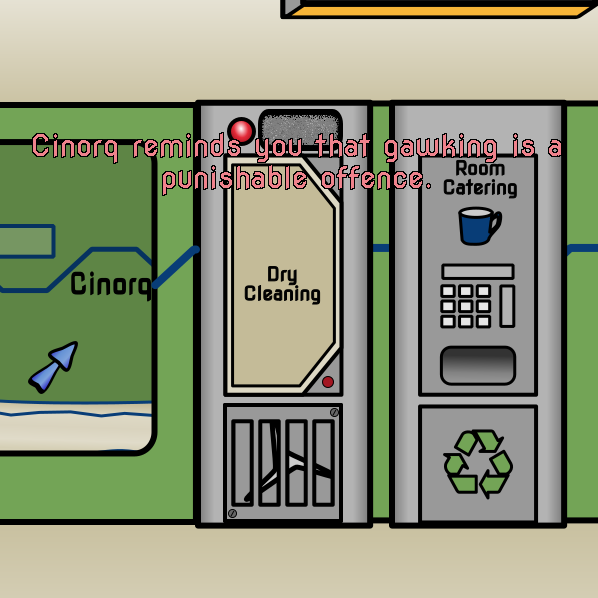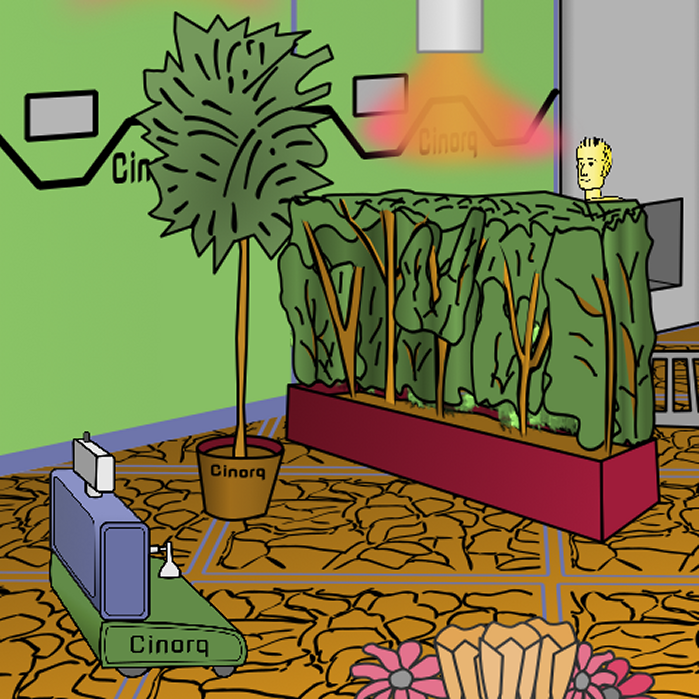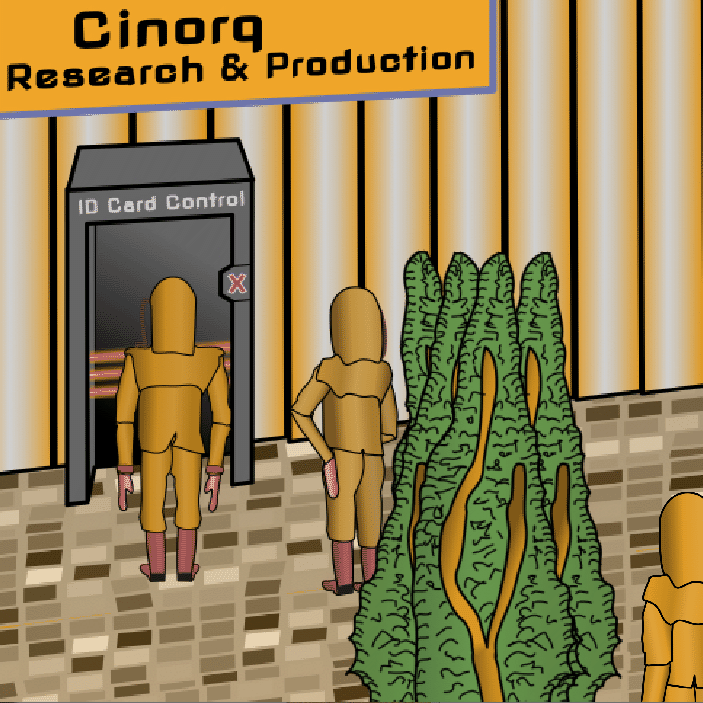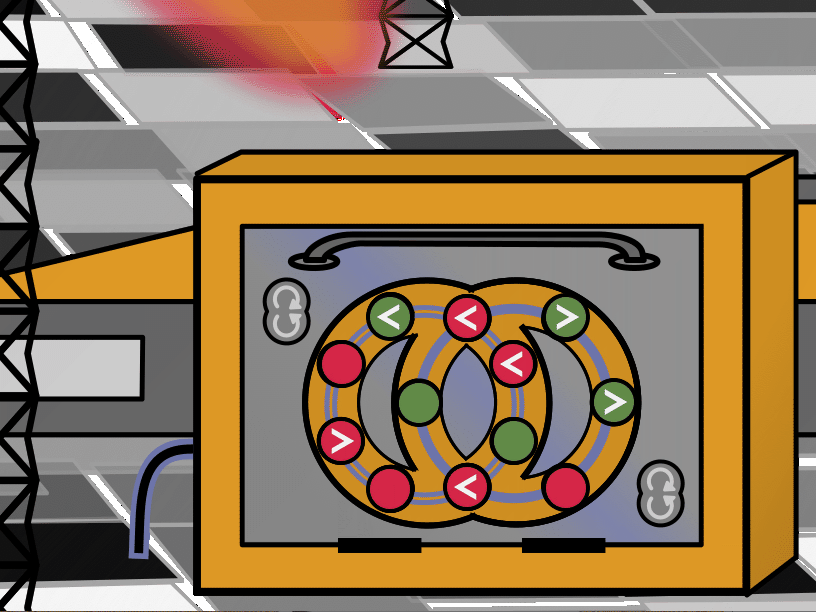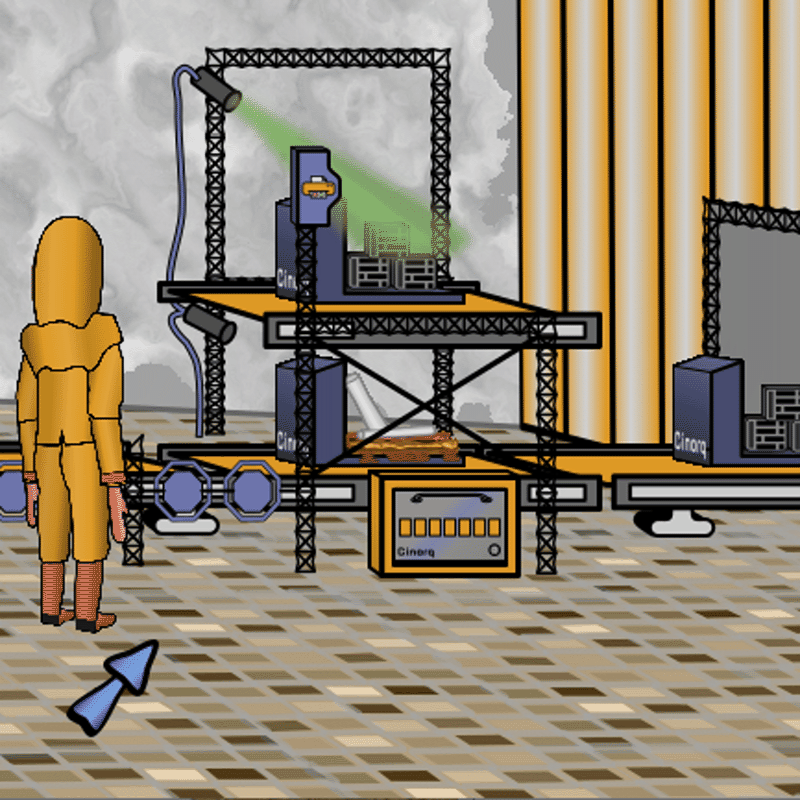Found the bug: If you first dismount the rotor, then solve the saw minigame, then the rotor will start turning again after you return from the safe view. I hadn't found this when testing because I always did things the other way round: First get the saw, then dismount the rotor.
So I've issued a bugfix; get the new version via the game database or directly on itch.io
So I've issued a bugfix; get the new version via the game database or directly on itch.io








